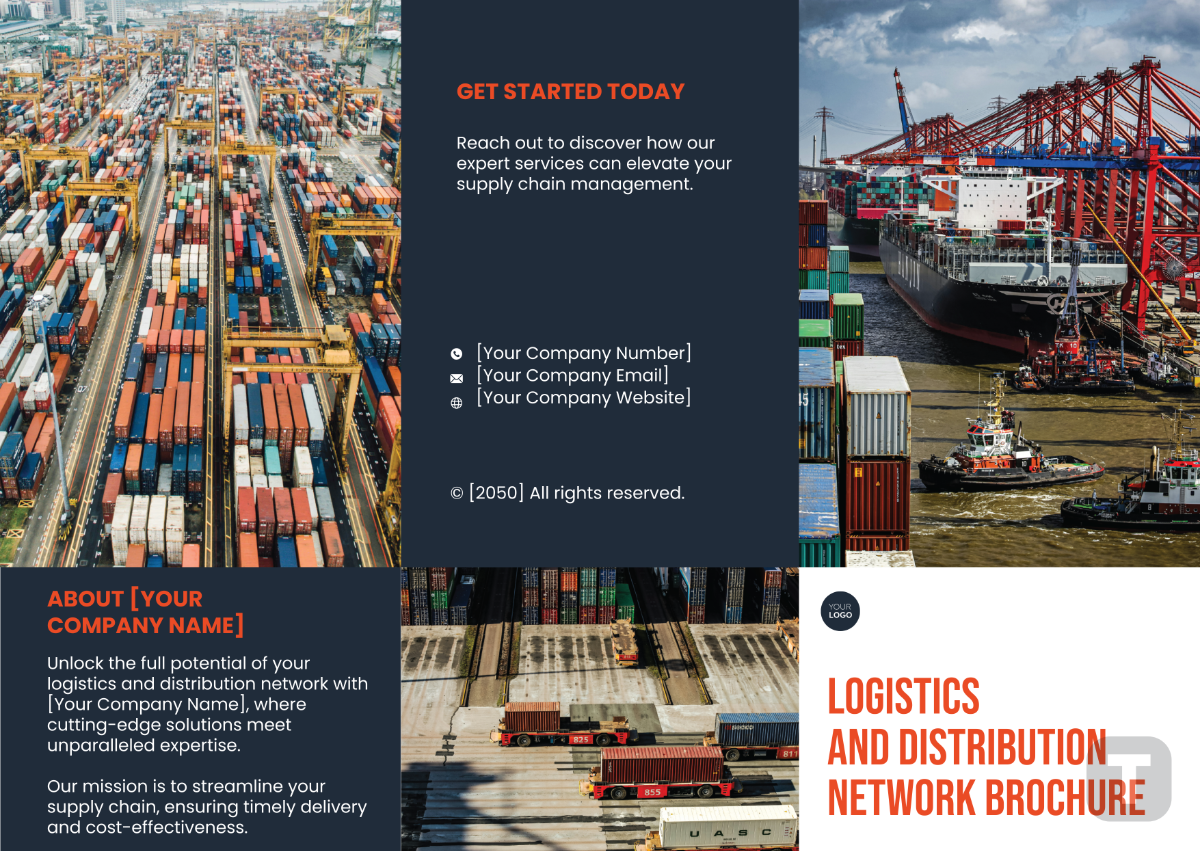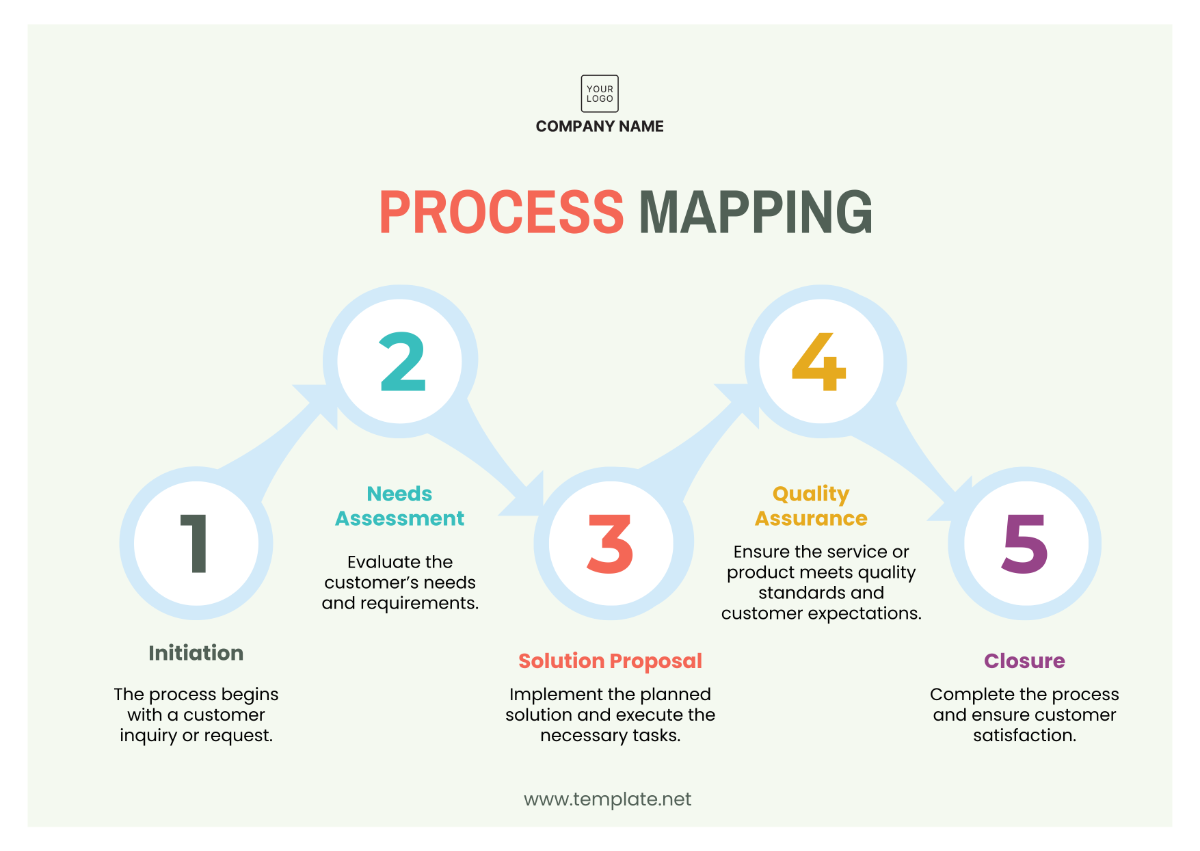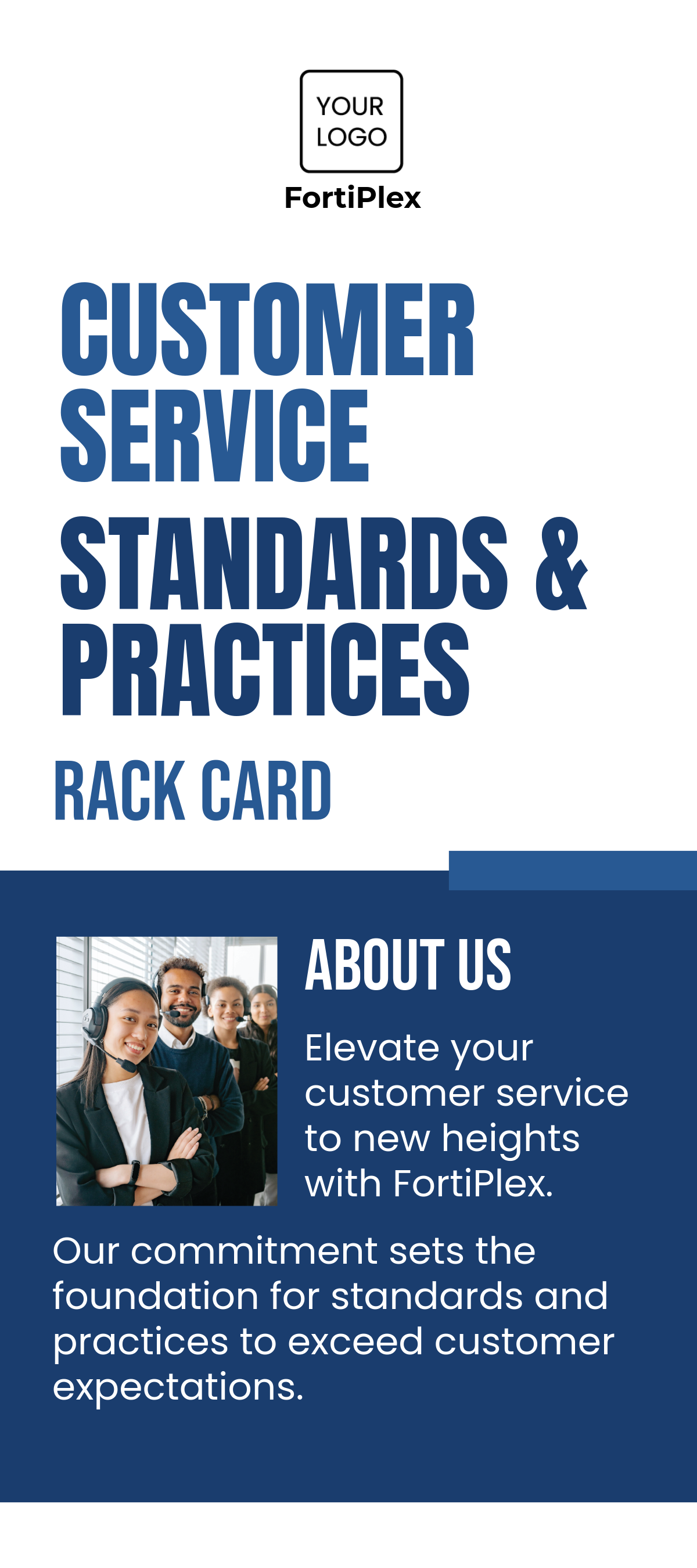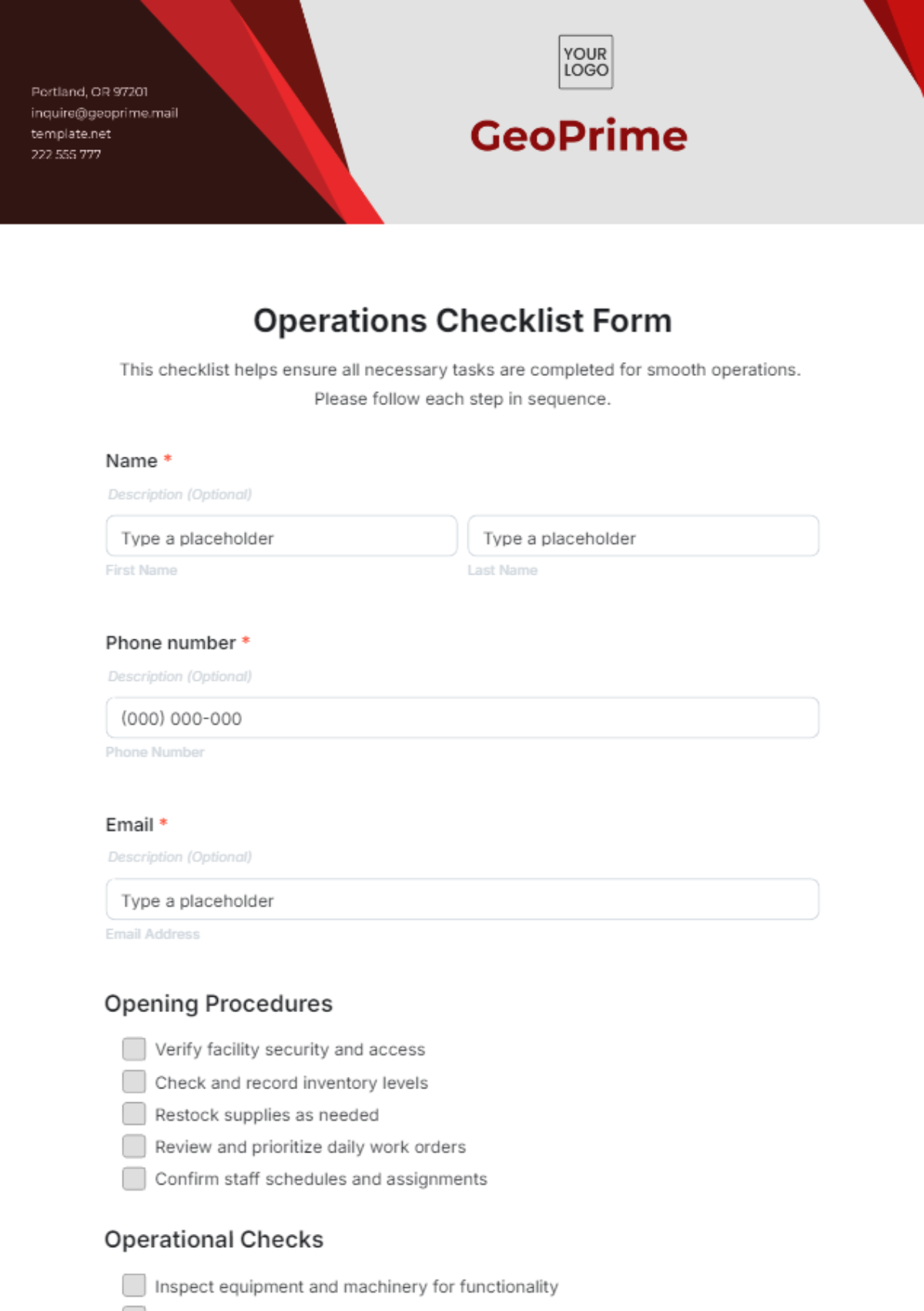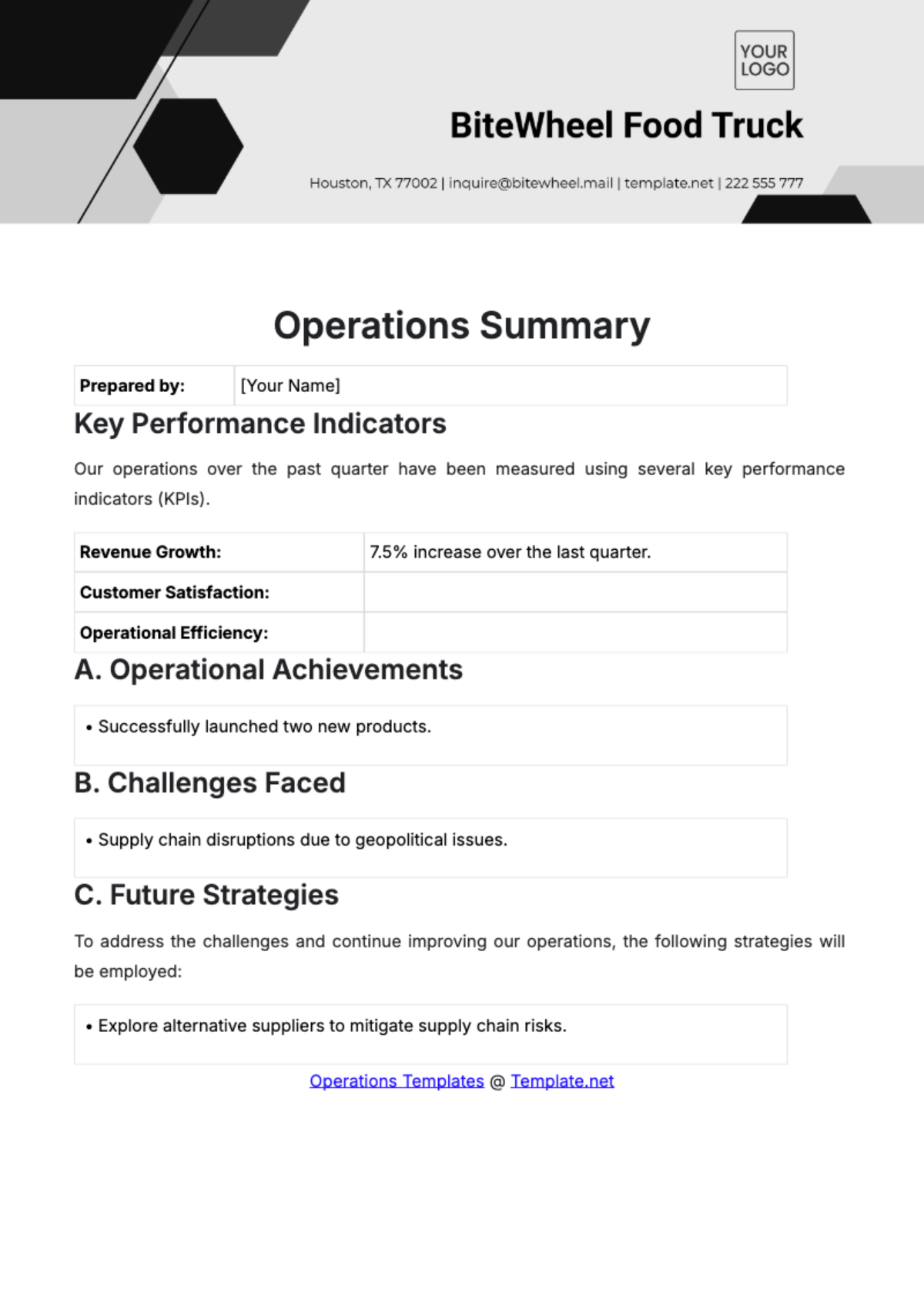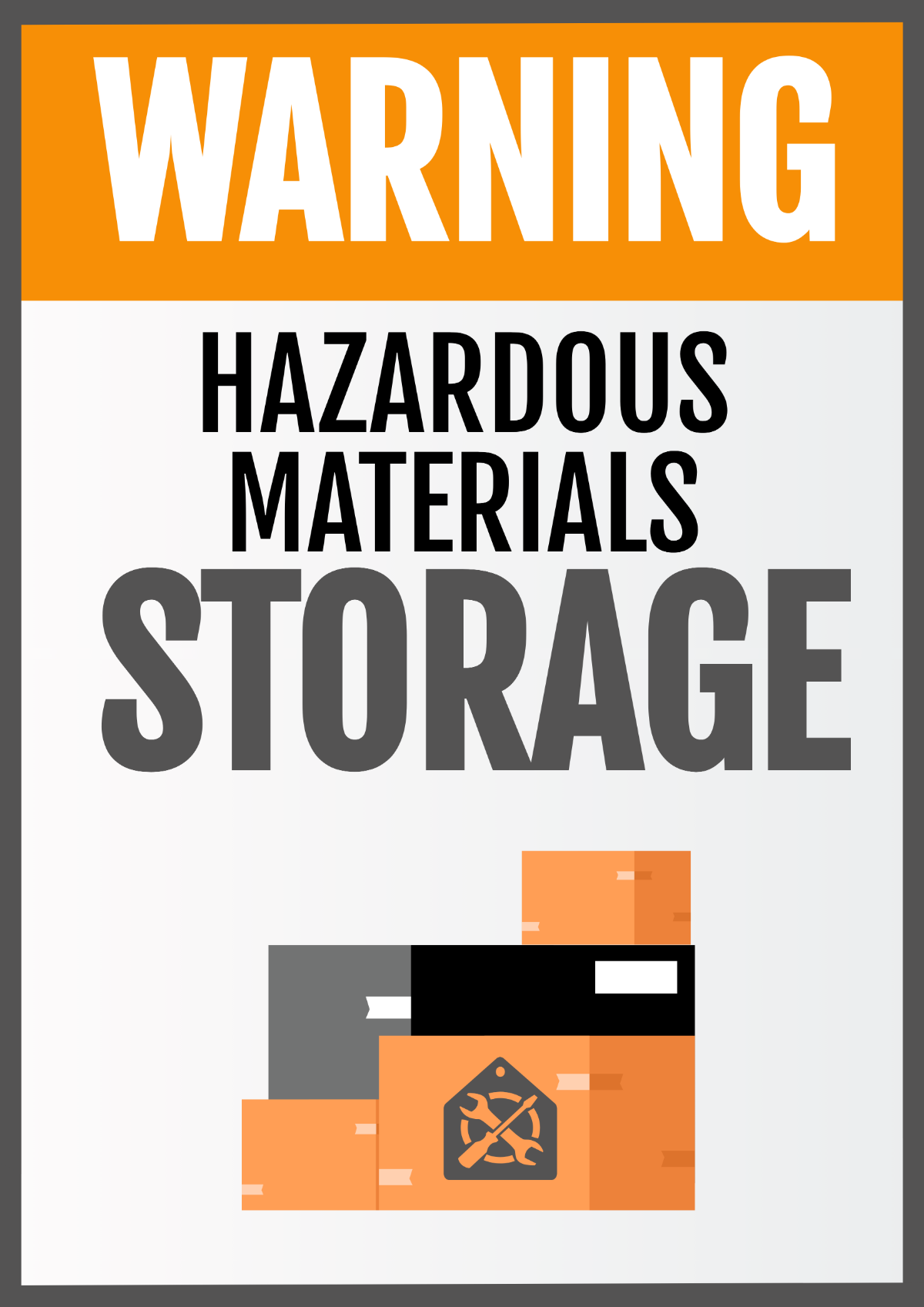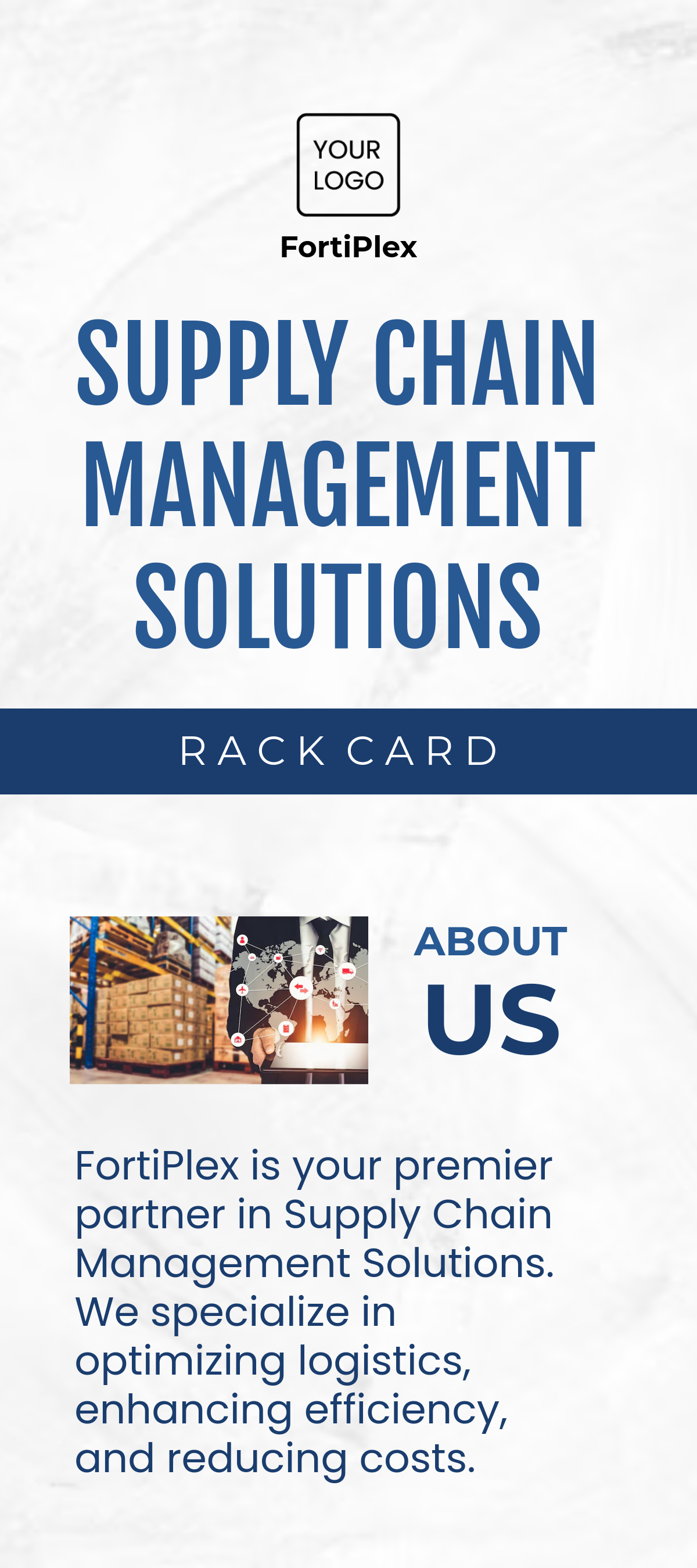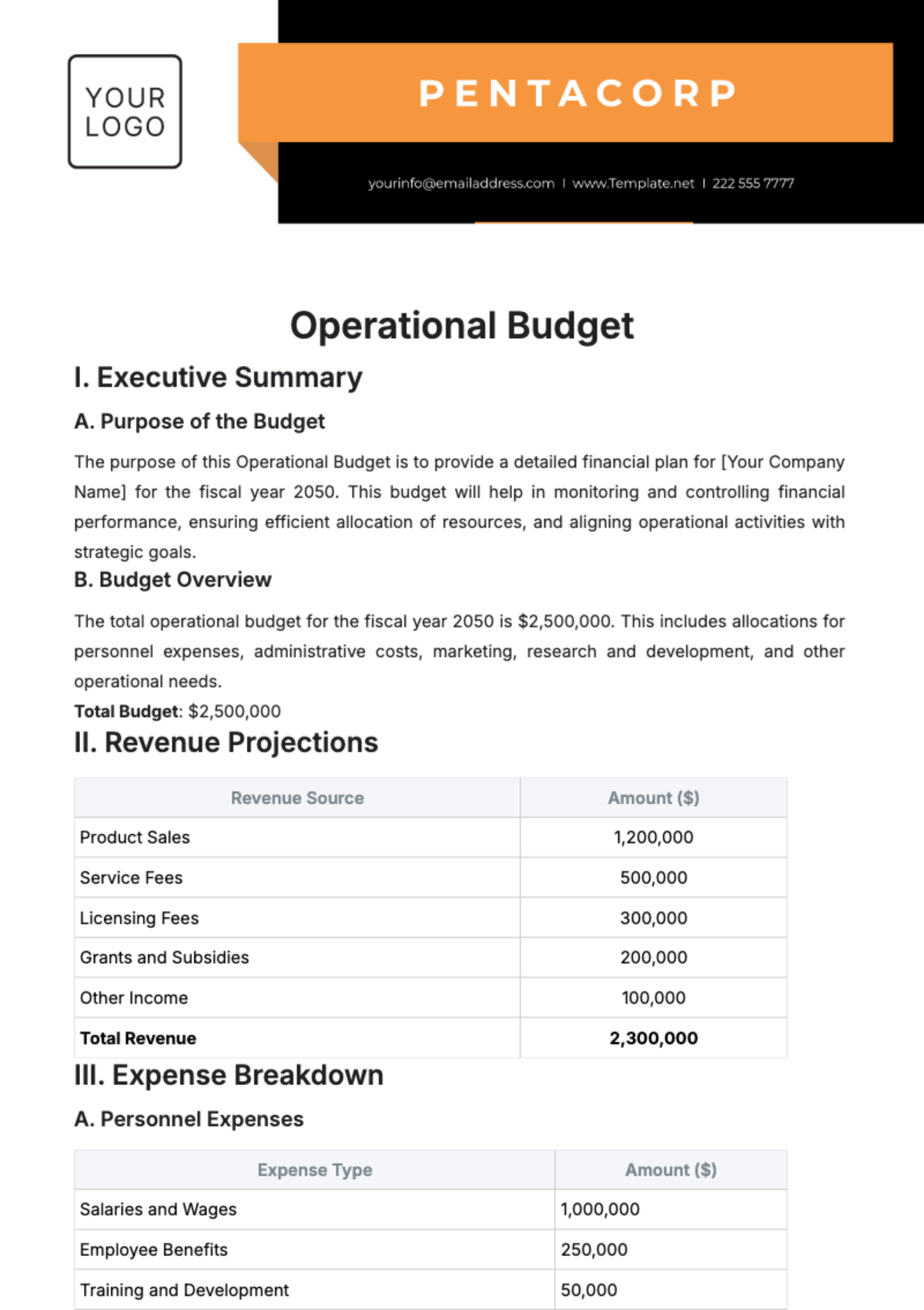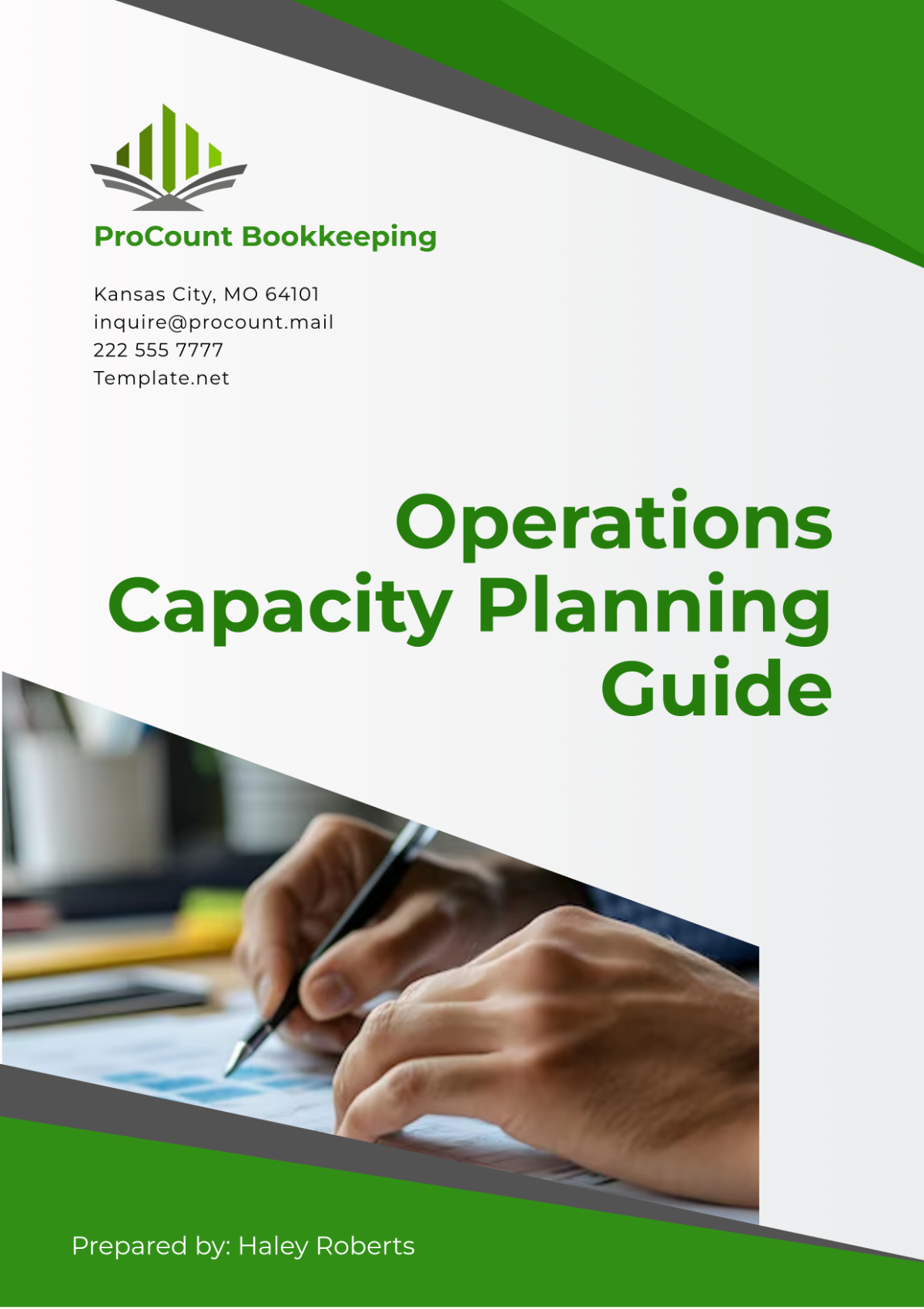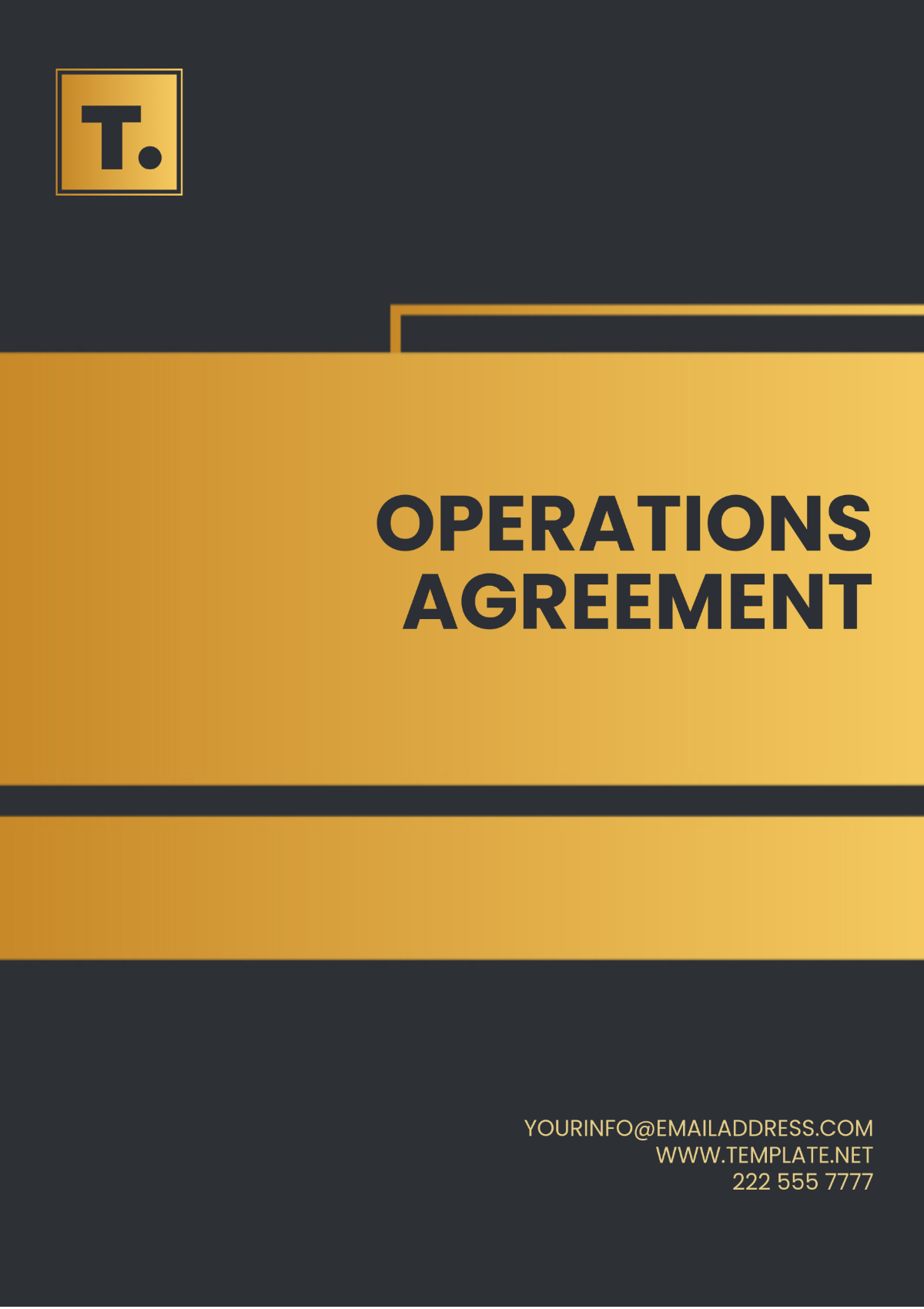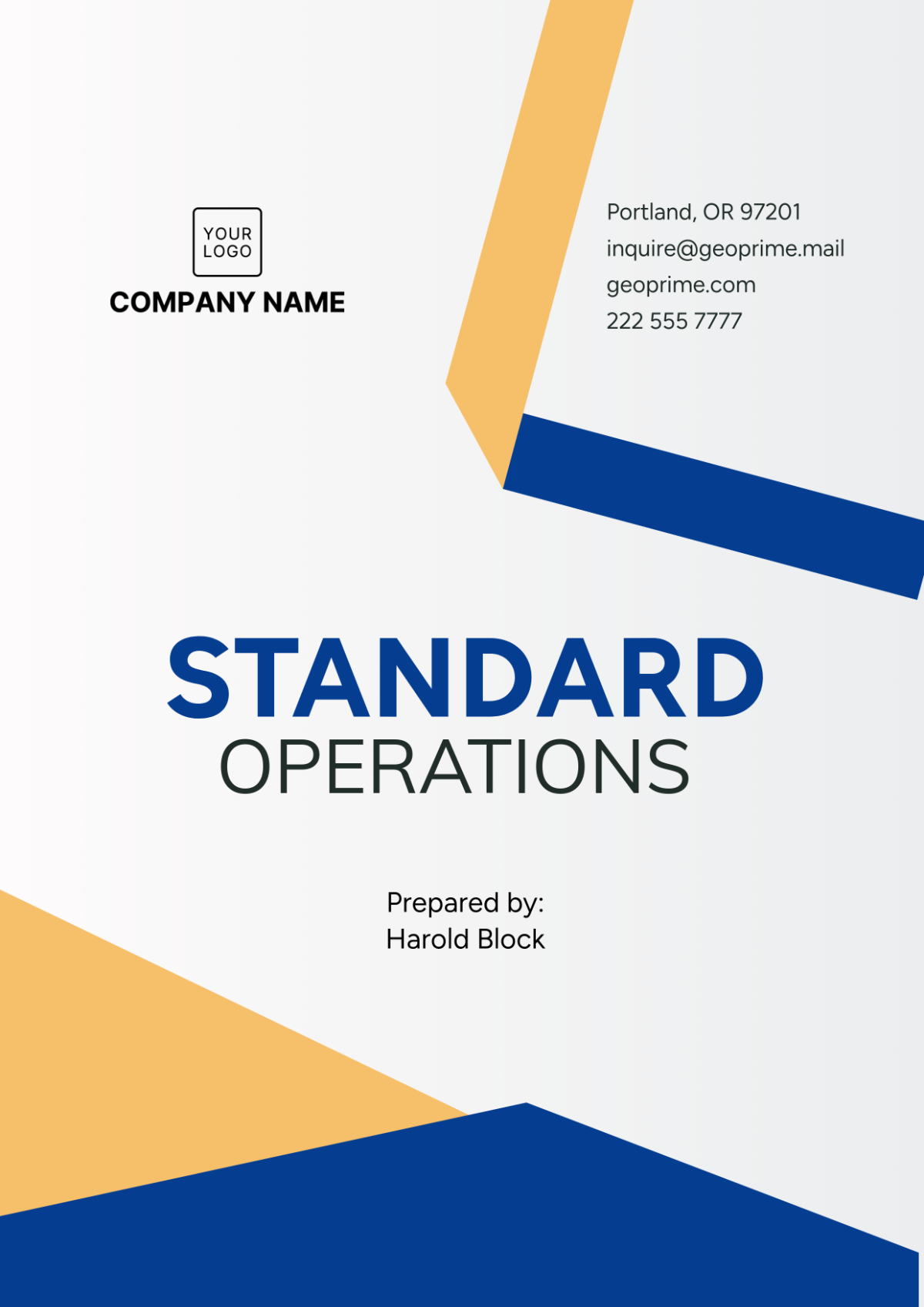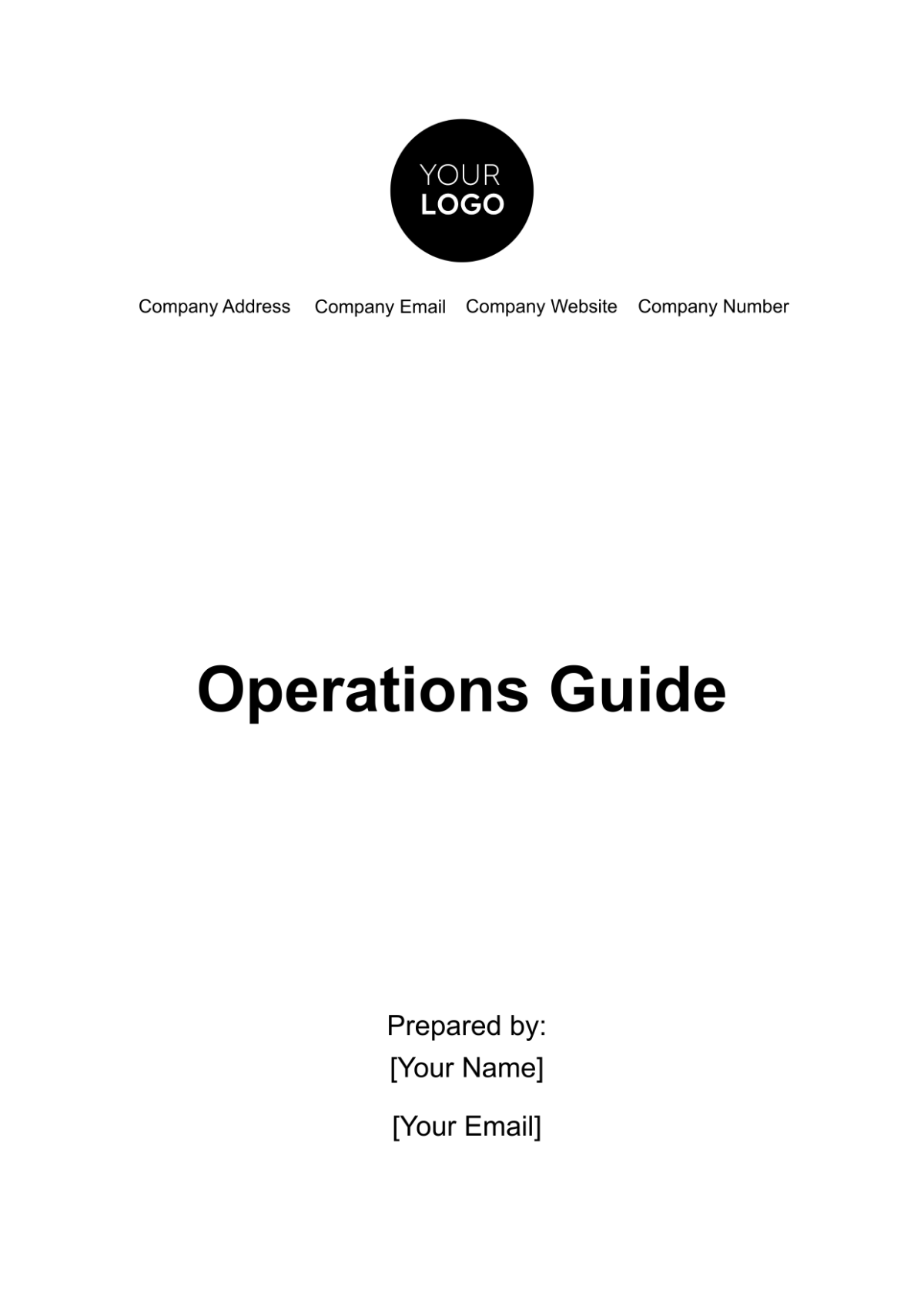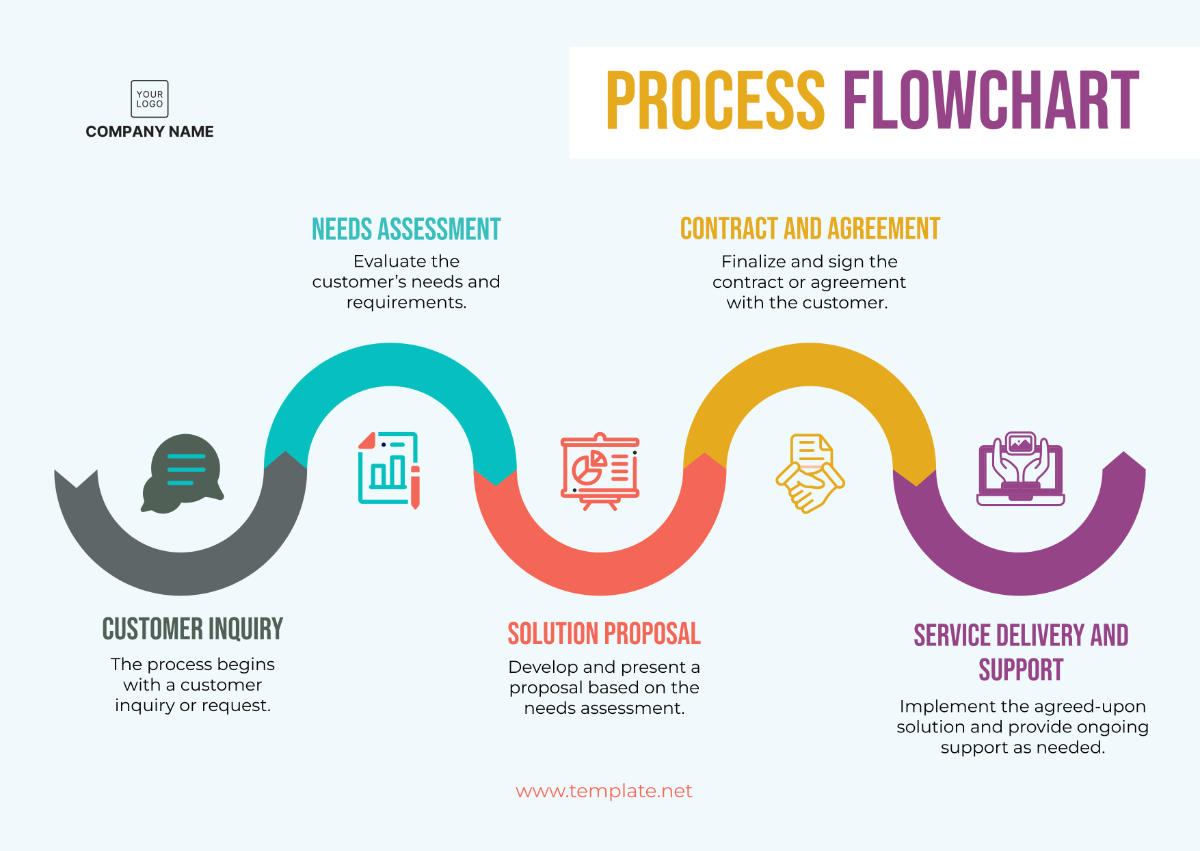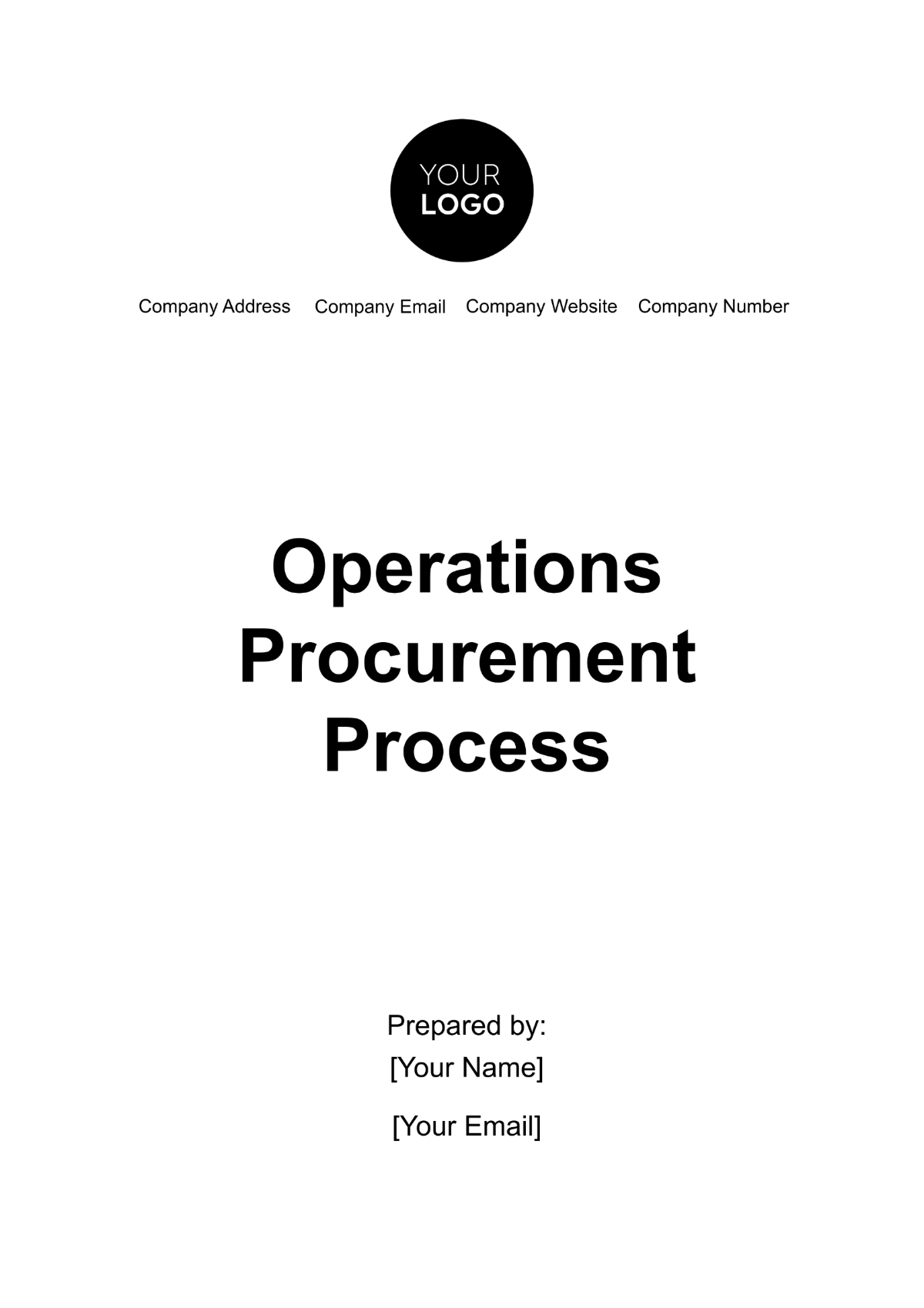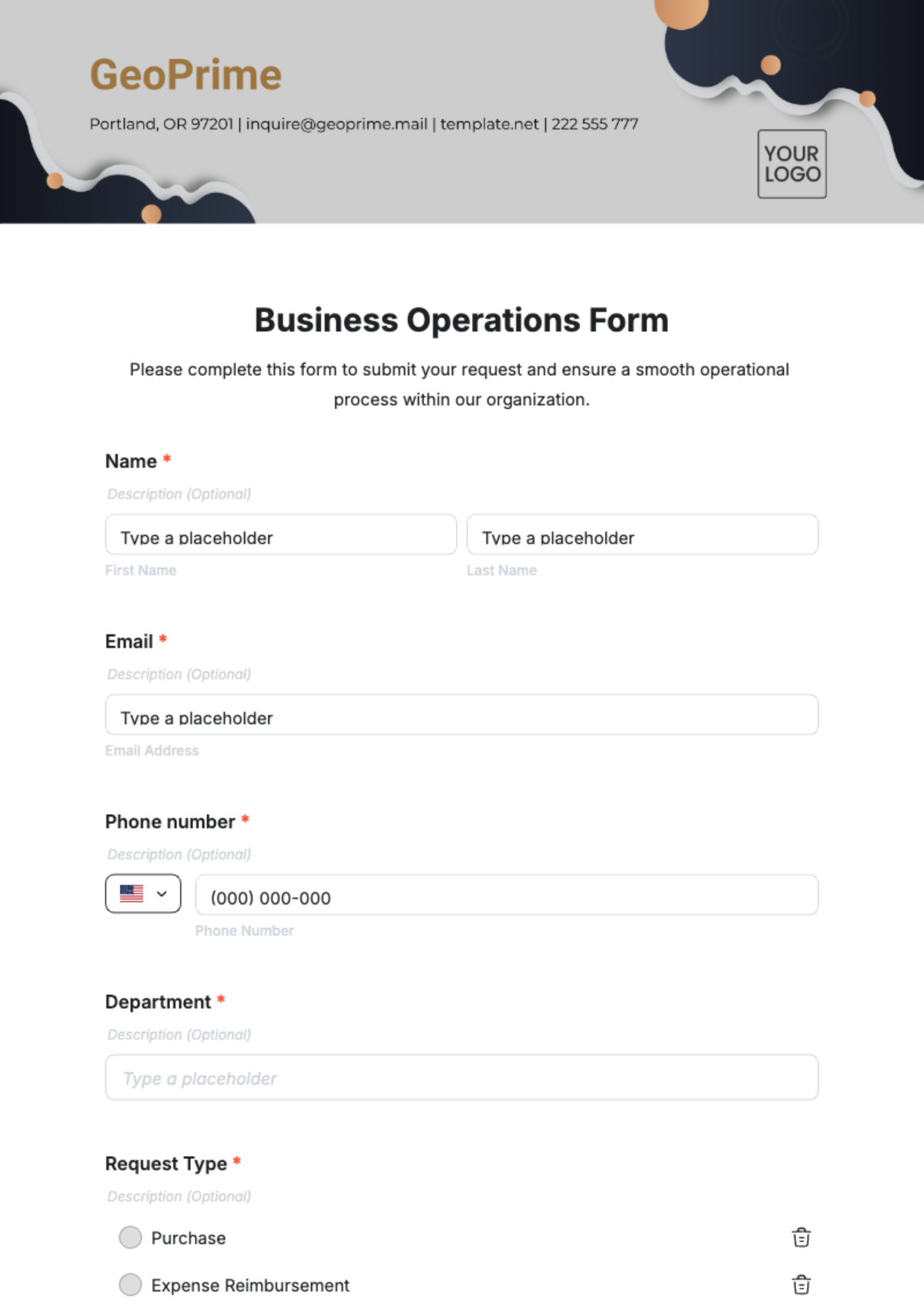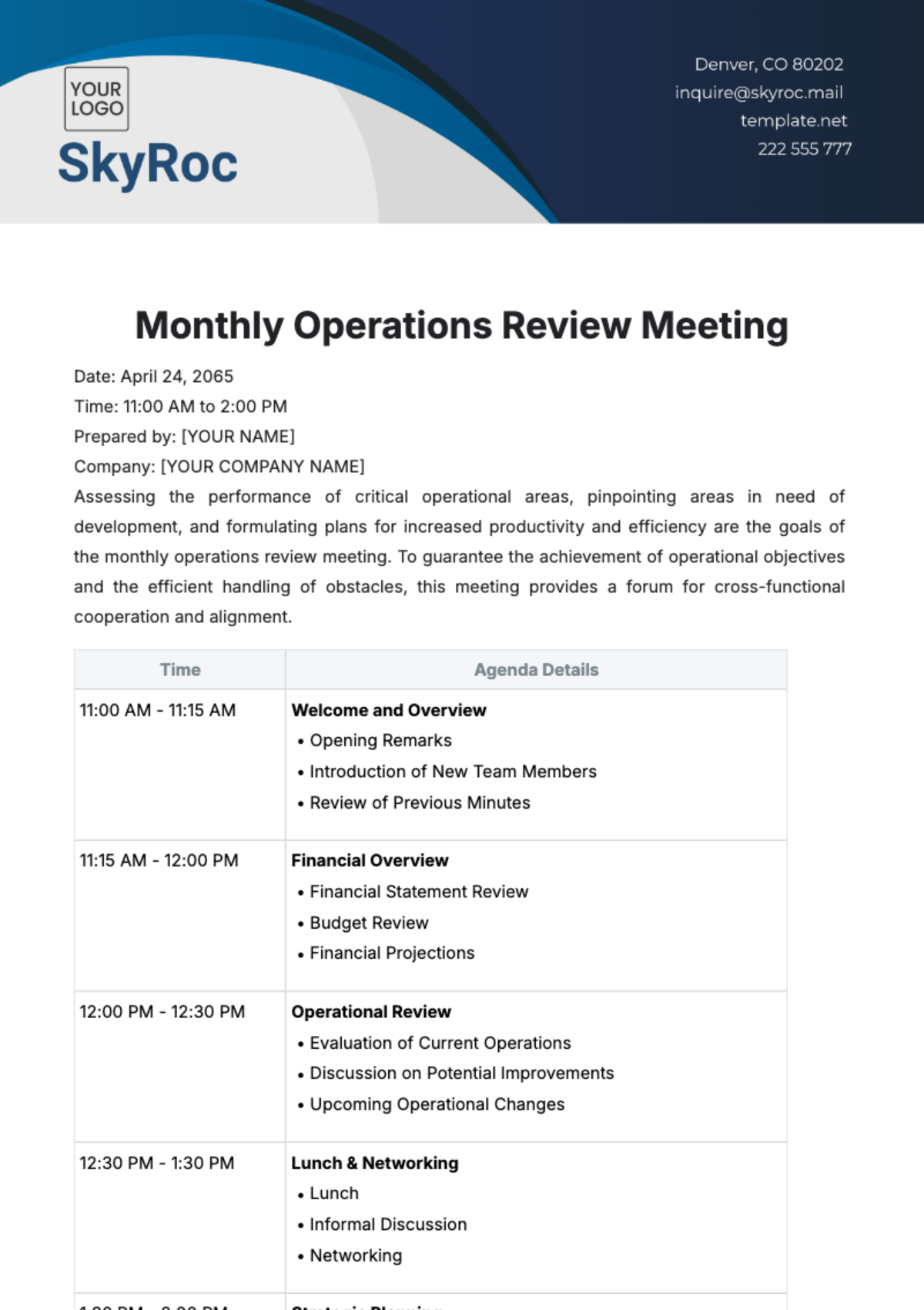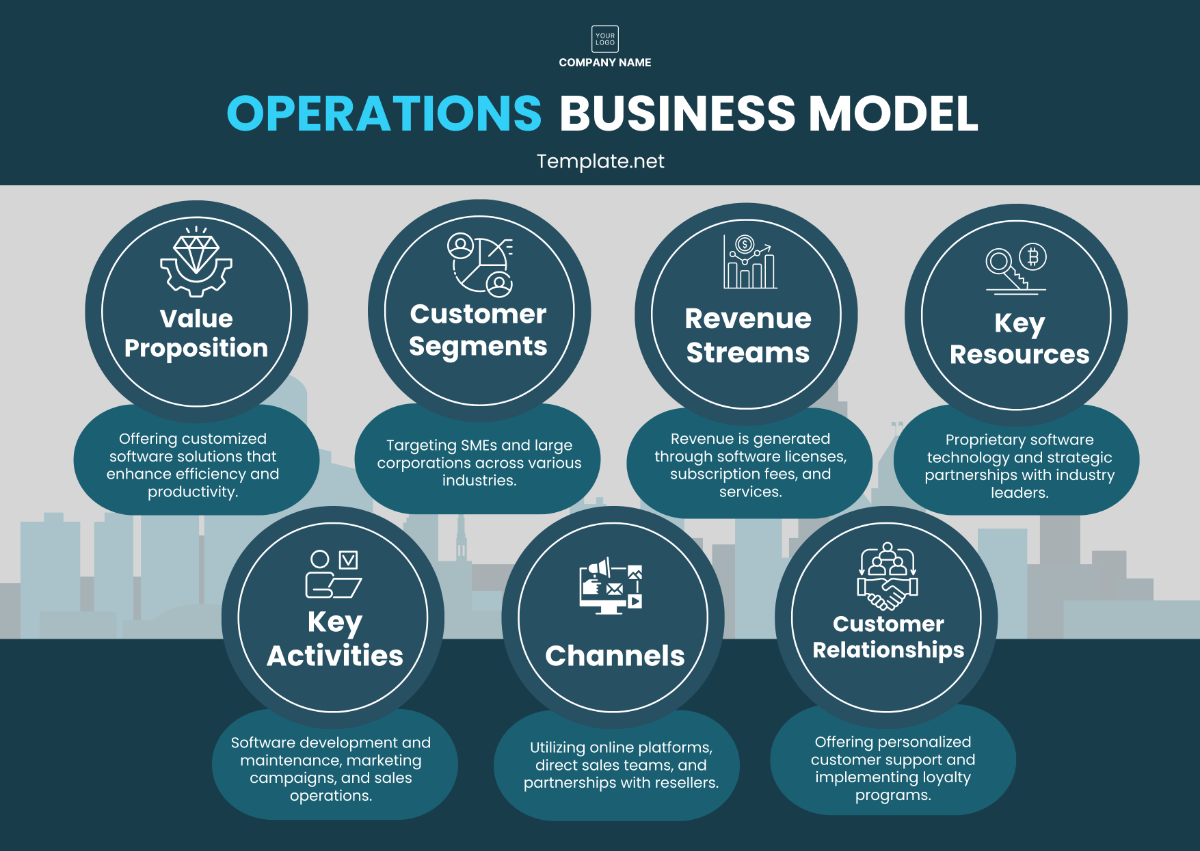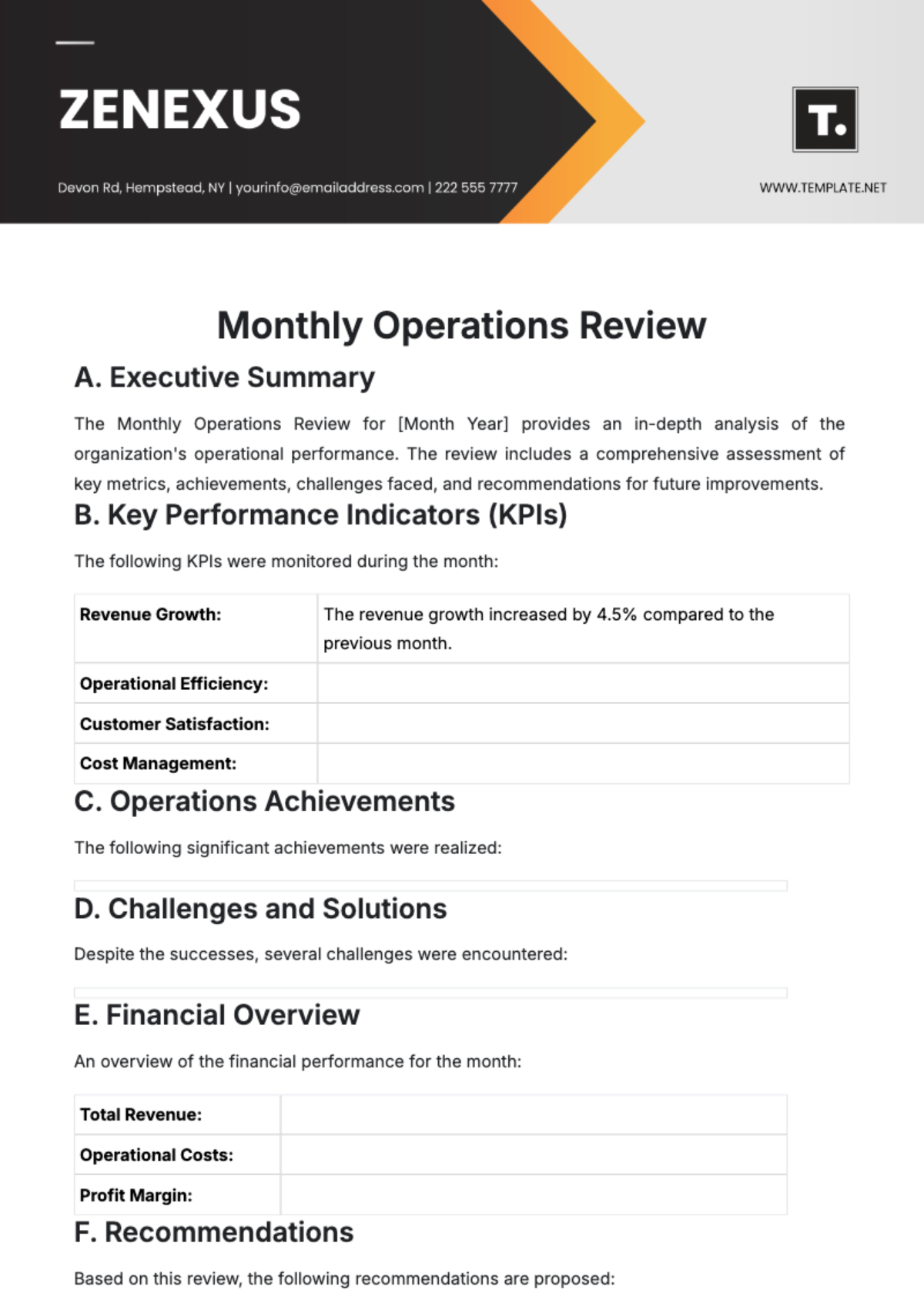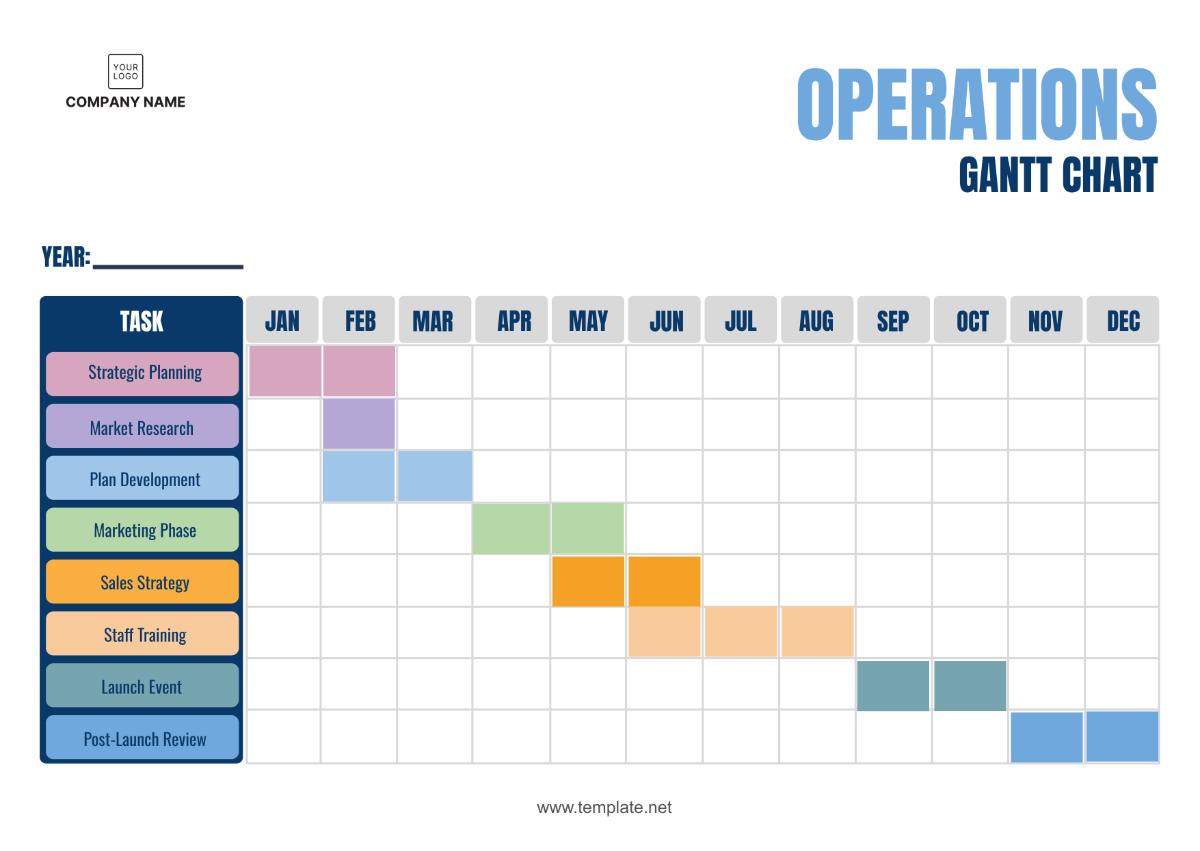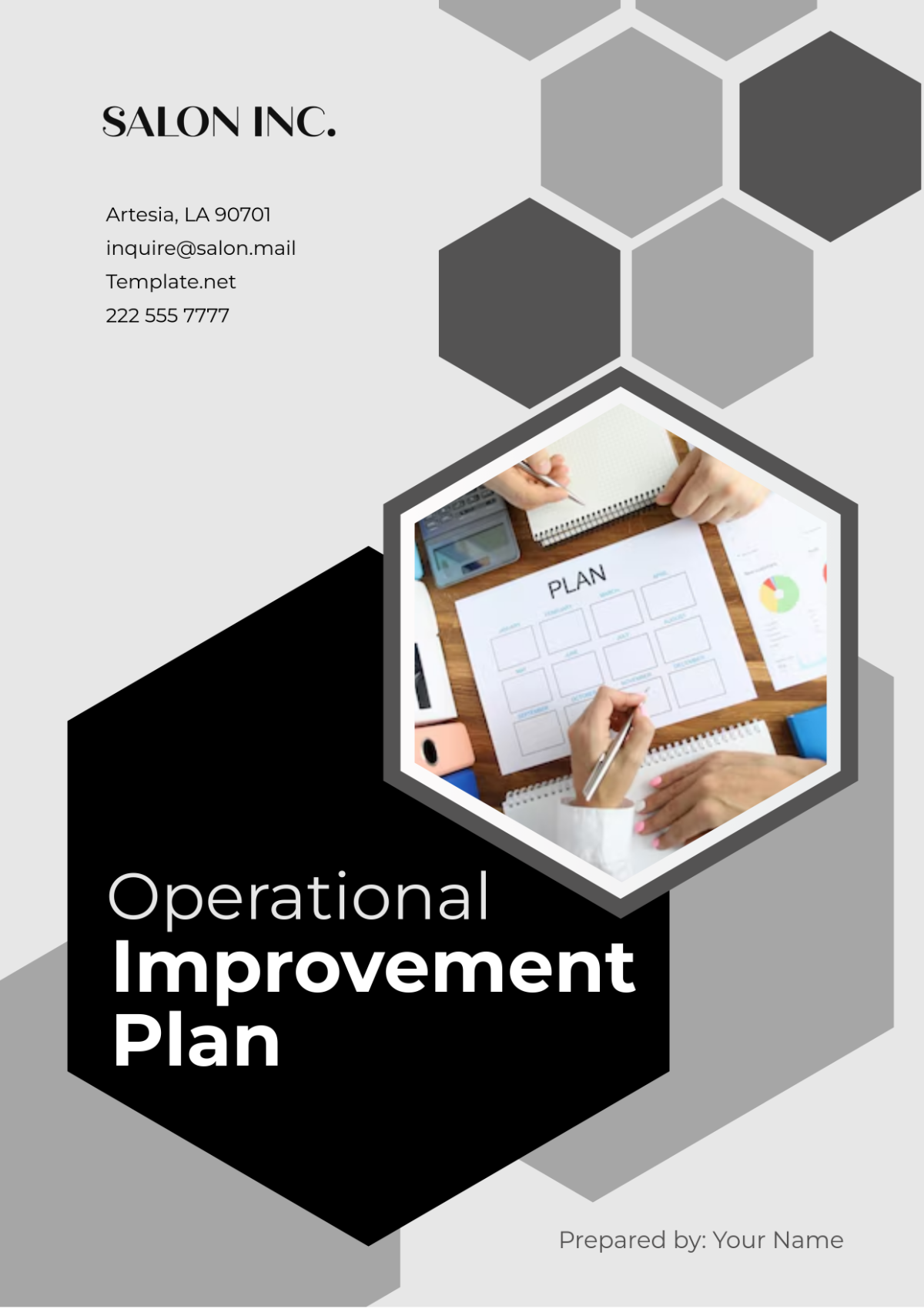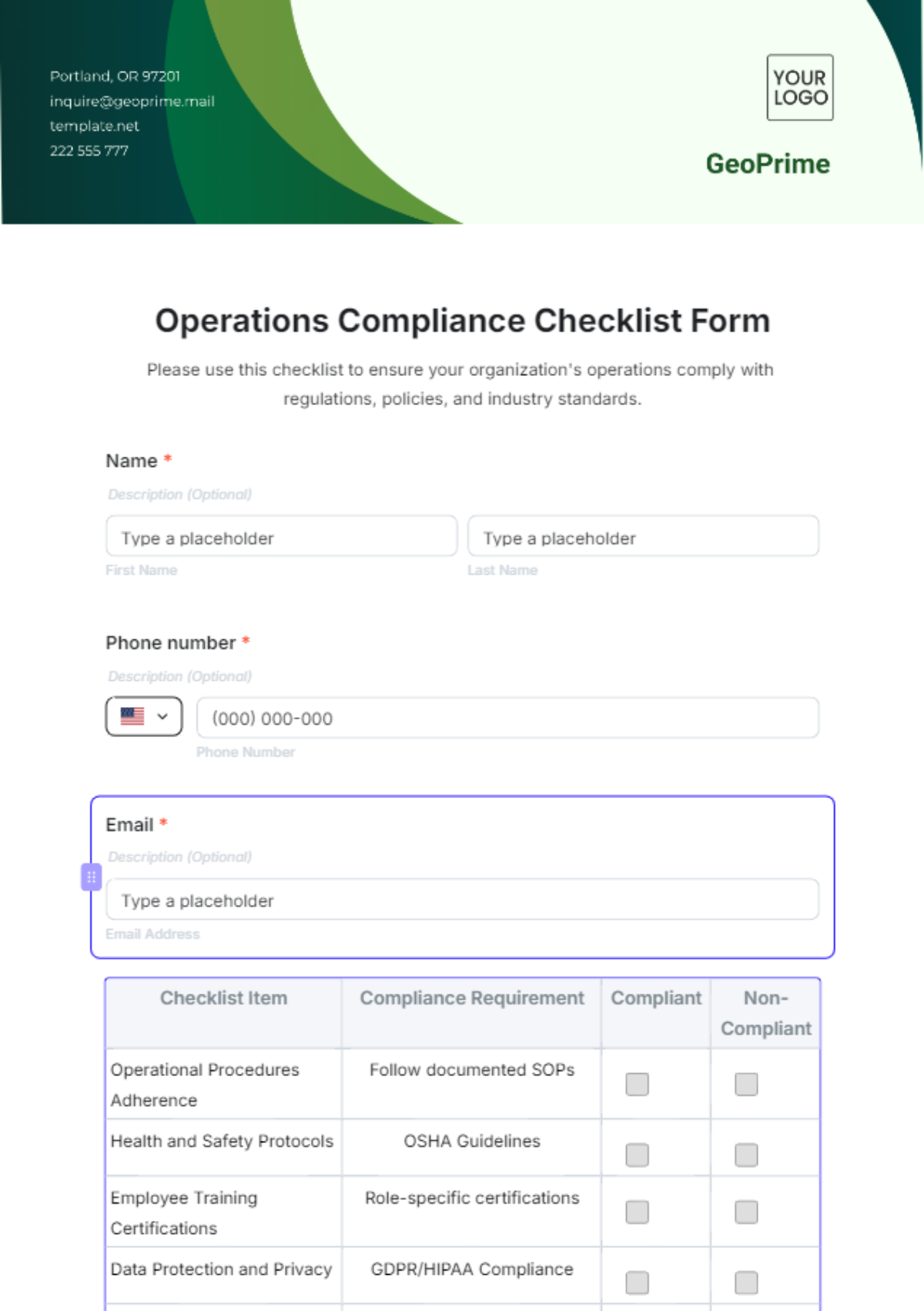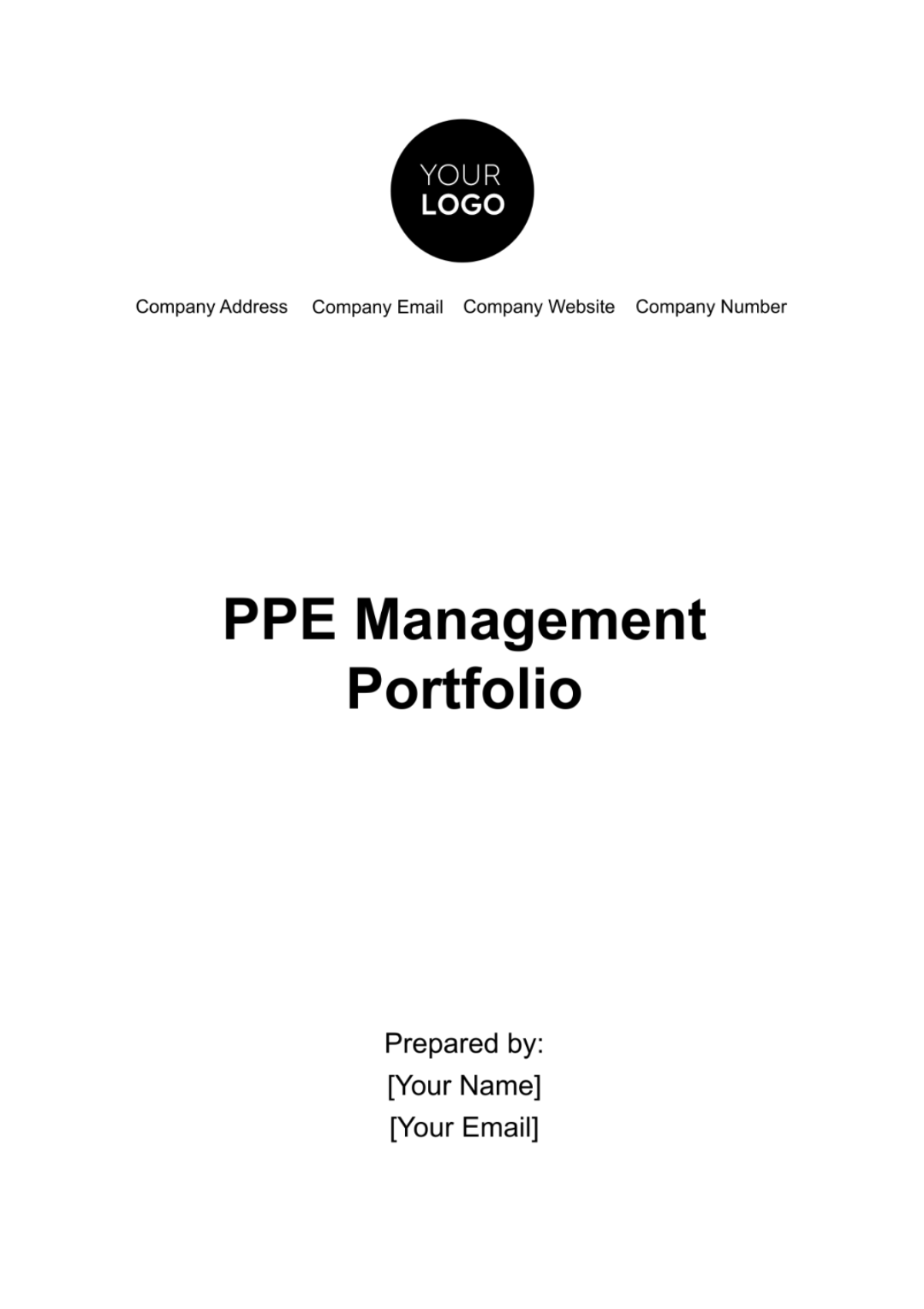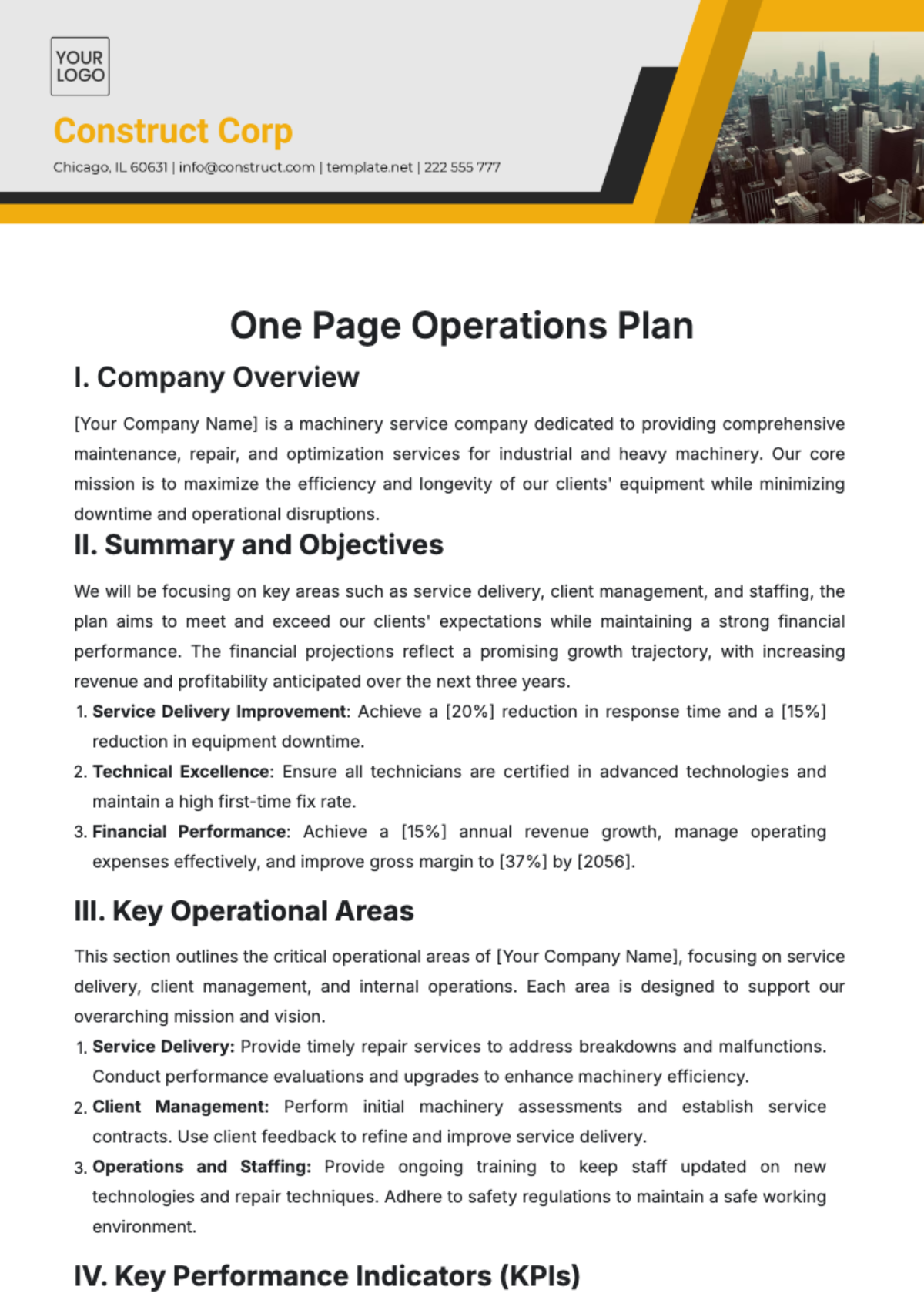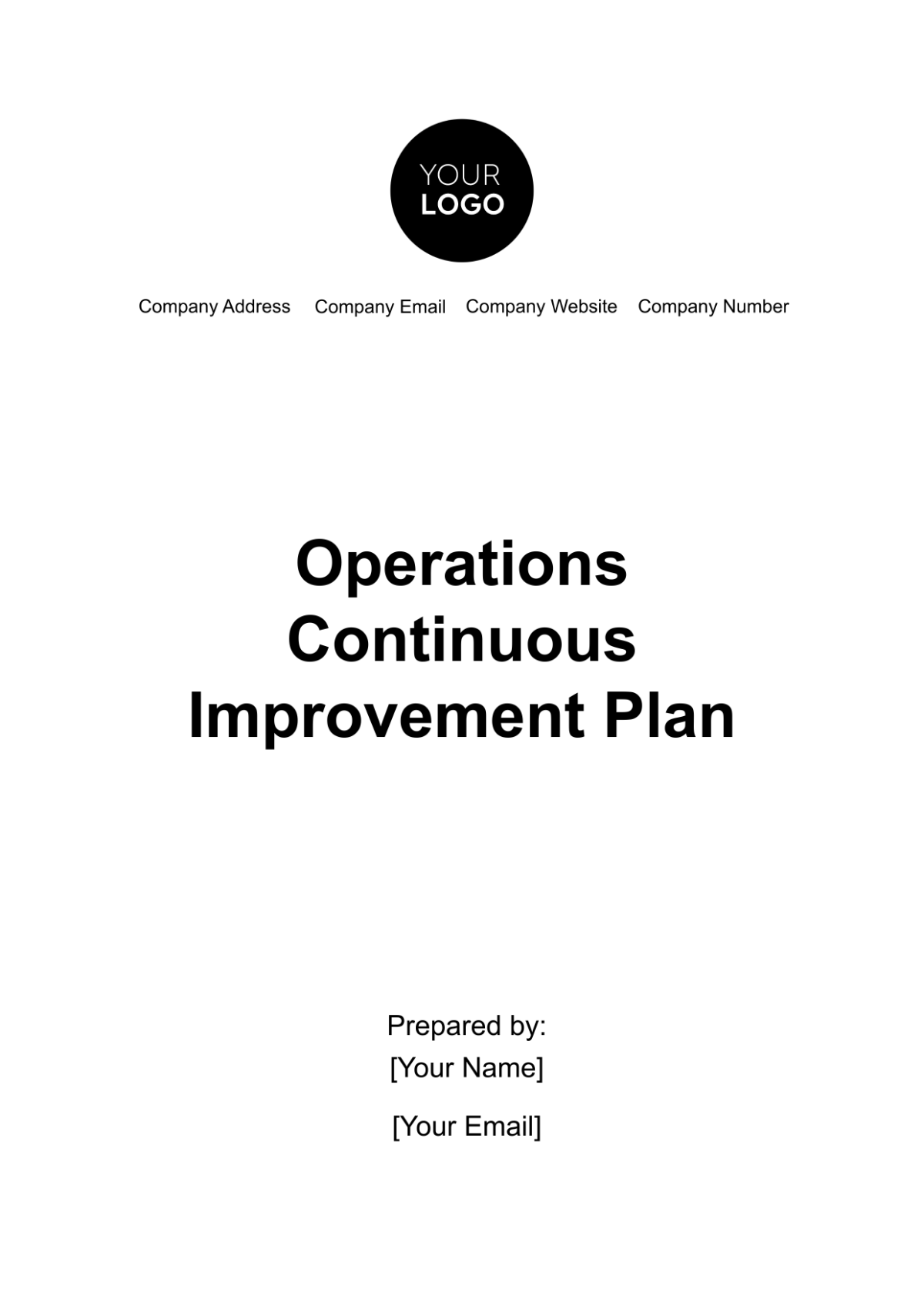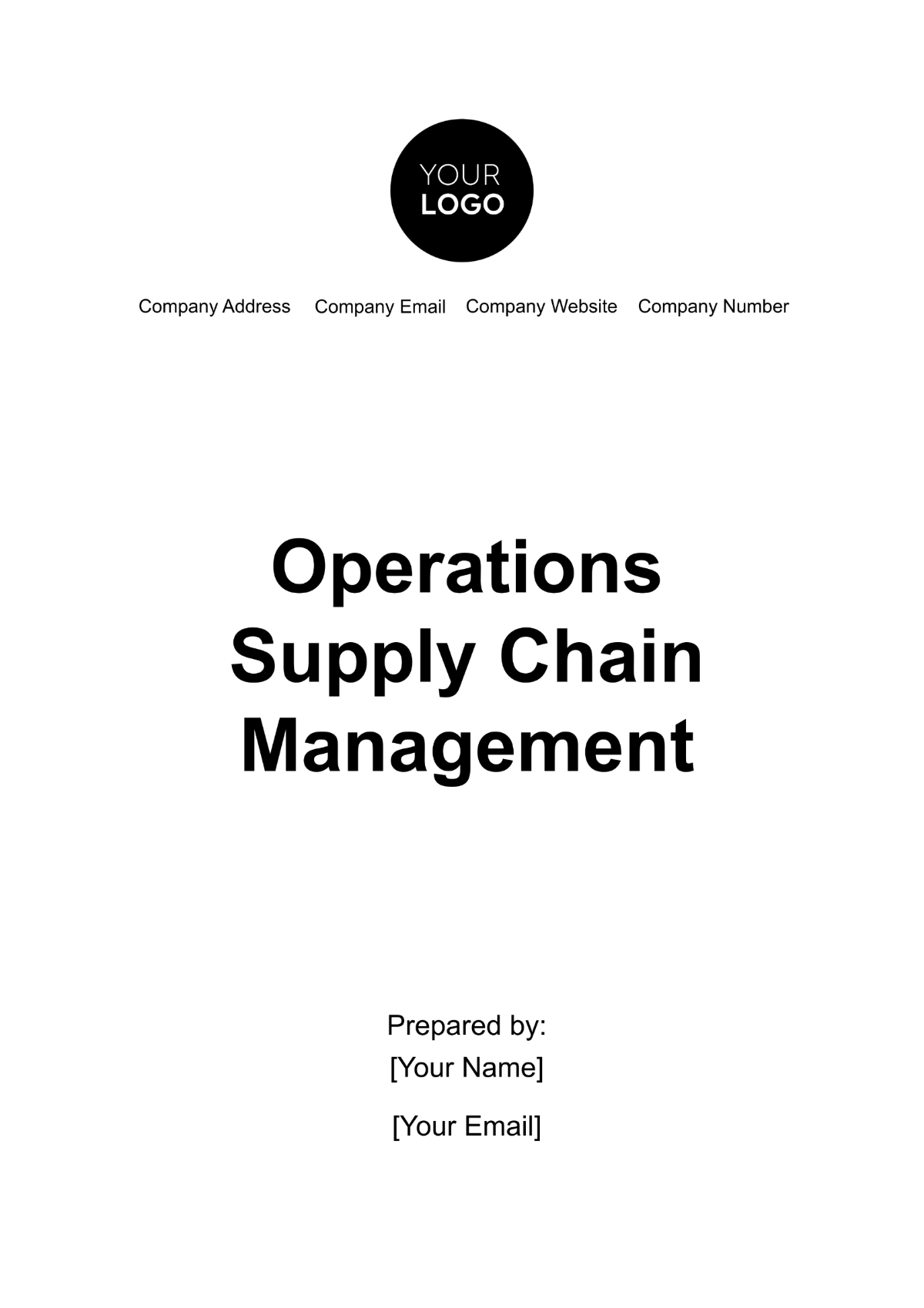Operations Project Risk Compliance Document
I. Executive Summary
This document outlines the risks associated with the implementation of the "Customer Service Improvement Initiative" project and provides compliance requirements to ensure adherence to relevant regulations and internal policies. The project aims to enhance customer service processes and improve customer satisfaction levels within the organization.
II. Introduction
The "Customer Service Improvement Initiative" project seeks to streamline customer service operations, optimize response times, and enhance overall customer experience. It involves the implementation of new technology solutions and process improvements across various customer service channels.
III. Project Overview
This section outlines key project details such as objectives, timeline, and stakeholders. Provide concise insights to ensure a clear understanding of the "Customer Service Improvement Initiative".
Project Name | Customer Service Improvement Initiative |
|---|---|
Objectives |
|
Timeline | [Month Day, Year] to December [Month Day, Year] |
Key Stakeholders |
|
IV. Risk Analysis
This section identifies potential risks and assesses their likelihood and impact, providing a foundation for effective risk management strategies.
Risk Category | Potential Risks | Likelihood | Impact | Risk Level |
|---|---|---|---|---|
Operational | Insufficient staff training on new systems | High | Medium | High |
System downtime during implementation | ||||
Regulatory | Non-compliance with data protection regulations | |||
Failure to meet service level agreements with customers | ||||
Technical | Integration issues with existing IT infrastructure |
V. Risk Mitigation Strategies
Identify potential risks and propose effective mitigation strategies. Clearly state actions to minimize operational, regulatory, and technical challenges.
Risk Category | Potential Risks | Mitigation Strategies |
|---|---|---|
Operational | Insufficient staff training on new systems |
|
System downtime during implementation | ||
Regulatory | Non-compliance with data protection regulations |
|
Failure to meet service level agreements with customers | ||
Technical | Integration issues with existing IT infrastructure |
|
VI. Compliance Requirements
Detail regulatory and internal compliance obligations. Clearly specify actions to ensure adherence, emphasizing data protection and service level agreements.
Compliance Area | Regulations and Standards | Actions Required |
|---|---|---|
Data Protection Regulations | GDPR | Ensure all customer data is handled in compliance with GDPR requirements. Implement encryption and access controls to protect sensitive information. |
Service Level Agreements | Internal SLAs, Industry Standards |
|
VII. Compliance Management Plan
Define roles and responsibilities for effective compliance oversight. Clearly outline tasks for the Compliance Officer and Project Manager to monitor, report, and address compliance issues promptly.
Roles and Responsibilities | Tasks |
|---|---|
Compliance Officer: [Name] | Oversee compliance with data protection regulations and SLAs. |
Project Manager: [Your Name] |
|
VIII. Documentation and Recordkeeping
Documentation Requirements: Maintain meticulous records of staff training sessions, certifications, and any modifications to systems or processes affecting compliance. Centralize documentation in a secure repository accessible to relevant stakeholders.
Recordkeeping Procedures: Establish clear procedures for record retention, ensuring compliance with legal requirements. Define retention periods for different types of records and implement regular audits to ensure accuracy and completeness.
IX. Communication and Reporting
Communication Plan: Develop a robust communication plan to keep stakeholders informed of project progress and compliance issues. Utilize regular updates, meetings, and electronic communication channels to facilitate transparent and effective communication.
Reporting Requirements: Establish clear guidelines for reporting compliance status and incidents. Require immediate reporting of significant compliance breaches and regular reporting of key metrics to senior management.
X. Conclusion
Summary of Key Points: Summarize key aspects of the project, including objectives, risks, and compliance measures. Highlight the importance of proactive risk management and compliance adherence for project success.
Next Steps and Implementation Plan: Outline the next steps in the project lifecycle, including implementation milestones and ongoing monitoring activities. Provide a timeline for executing risk mitigation strategies and ensuring continuous compliance.

